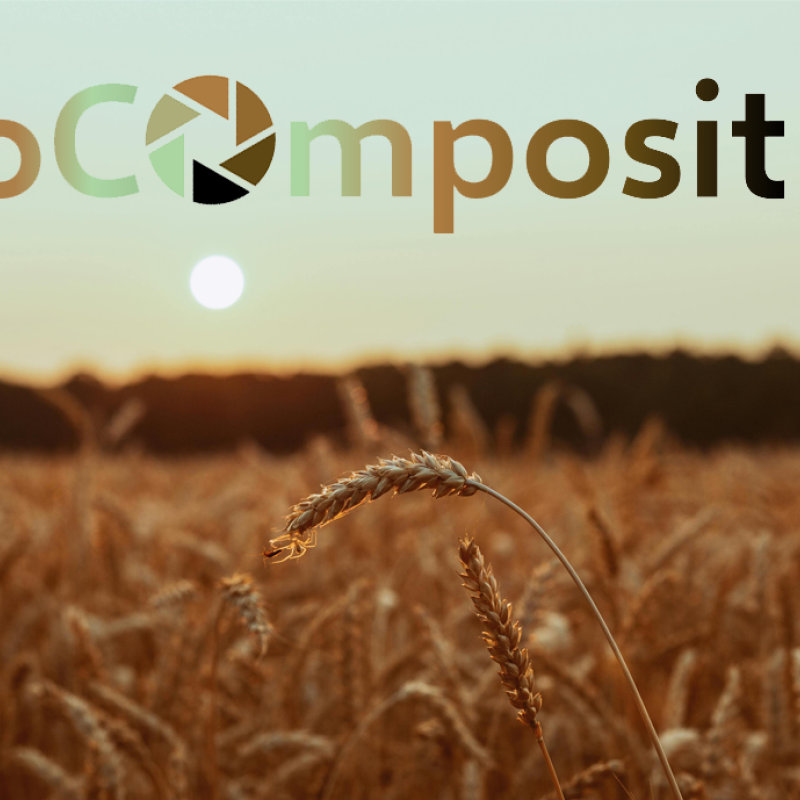Pierre-Adrien Rivier
Forsker
(+47) 920 10 480
pierre-adrien.rivier@nibio.no
Sted
Ås - Bygg H7
Besøksadresse
Høgskoleveien 7, 1433 Ås
Forfattere
Igor A. Yakovlev Thiago Inagaki Junbin Zhao Pierre-Adrien Rivier Hege Særvold Steen Inger Heldal Daniel Rasse Jihong Liu Clarke Nicholas ClarkeSammendrag
Det er ikke registrert sammendrag
Sammendrag
presentation about circular economical projects in NIBIO
Sammendrag
Since the 1950s, the use of plastics in agriculture has helped solving many challenges related to food production, while its persistence and mismanagement has led to the plastic pollution we face today. A variety of biodegradable plastic products have thus been marketed, with the aim to solve plastic pollution through complete degradation after use. But the environmental conditions for rapid and complete degradation are not necessarily fulfilled, and the possibility that biodegradable plastics may also contribute to plastic pollution must be evaluated. A two-year field experiment with biodegradable mulches (BDMs) based on polybutylene adipate terephthalate (PBAT/starch and PBAT/polylactic acid) buried in several agricultural soils in mesh bags showed that also under colder climatic conditions does degradation occur, involving fragmentation after two months and depolymerization by hydrolysis, as shown by Fourier-transform infrared spectroscopy. The phytopathogenic fungus Rhizoctonia solani was found to be associated with BDM degradation, and the formation of biodegradable microplastics was observed throughout the experimental period. Between 52 and 93 % of the original BDM mass was recovered after two years, suggesting that accumulation is likely to happen in cold climatic regions when BDM is repeatedly used every year. Mass loss followed negative quadratic functions, implying increasing mass loss rates over time. Despite the range of climatic and edaphic factors, with various agricultural practices and vegetable productions at the study locations, the parameters that significantly favored in situ BDM degradation were higher soil organic matter content and temperatures.

Divisjon for miljø og naturressurser
AgroComposit
AgroComposit: Biochar-compost composites for supporting site-specific soil agro-ecosystem functions and climate change mitigation

Divisjon for miljø og naturressurser
AgroComposit
AgroComposit: Kompositter av biokull og kompost for å fremme jordas stedsspesifikke agroøkosystemfunksjoner og oppnå utslippskutt

